#Christian Jones
Explore tagged Tumblr posts
Text

#british royal family#brf#meghan markle#duchess of sussex#prince harry#duke of sussex#Christian jones#we fucking told you
12 notes
·
View notes
Text
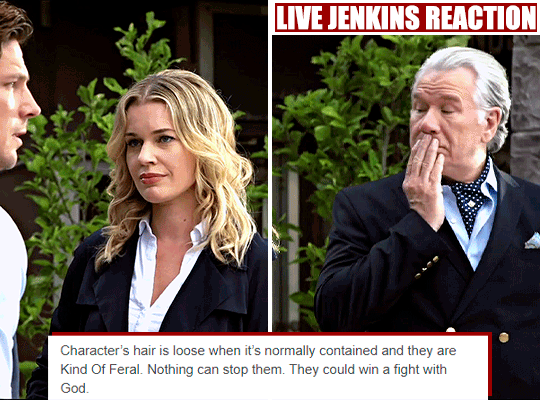
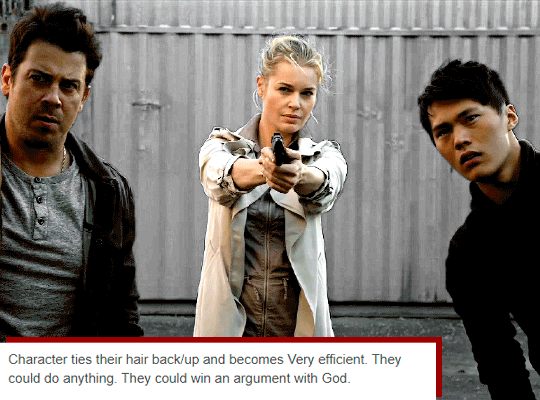
Two tropes I love equally. ♡
#eve baird#the librarians#i saw this and immediately thought of her#she is both#because i love this scene sm#mine tl#mine rr#mine txt posts#my gifs#juls.gif#thelibrariansedit#rebecca romijn#jenkins#cassandra cillian#ezekiel jones#jacob stone#lindy booth#christian kane#john harlan kim#john larroquette
412 notes
·
View notes
Text
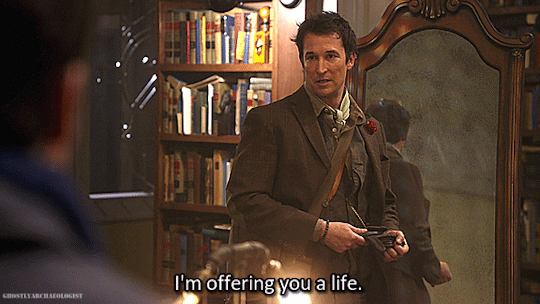
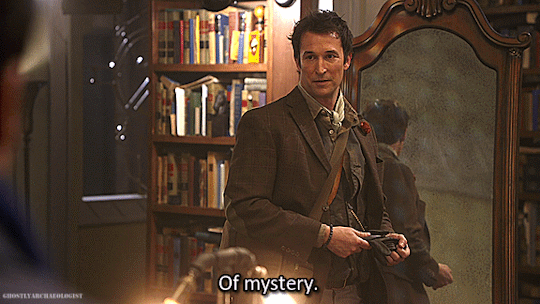

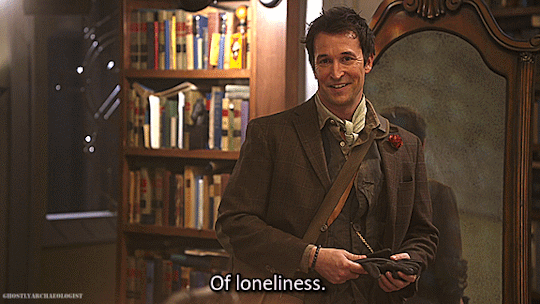



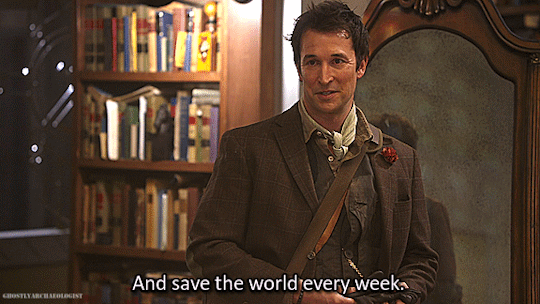
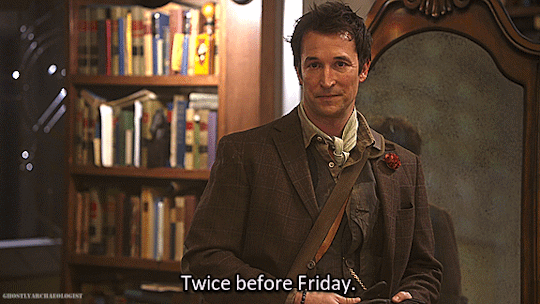

Happy 10th Anniversary to The Librarians!
Premiered 7th December 2014.
#the librarians#flynn carsen#jacob stone#ezekiel jones#cassandra cillian#eve baird#noah wyle#christian kane#john harlan kim#lindy booth#rebecca romijn#i did not realise it was almost exactly 10 years between the first movie and the series#now if there was any better time to annouce the airdate of the next chapter it would definitely be today!#please?#ghostly'sgifs
369 notes
·
View notes
Text

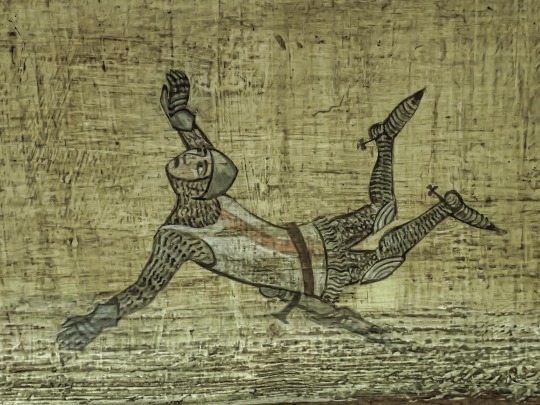

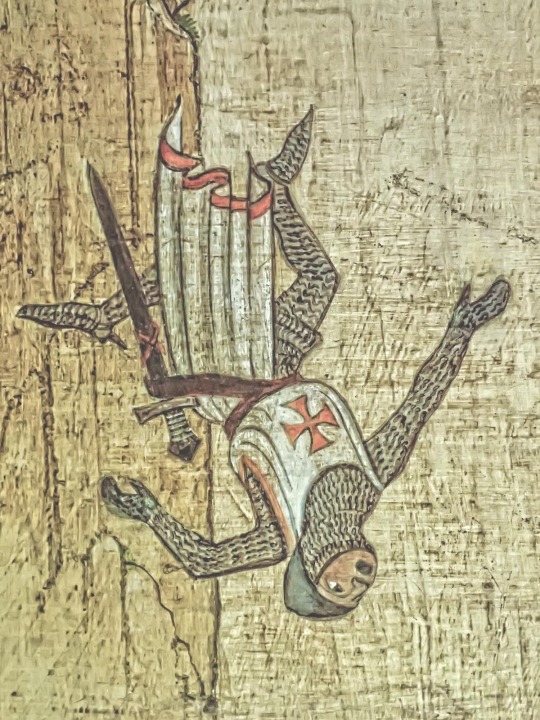
Knights attempting a Leap of Faith to reach the Holy Grail
— Indiana Jones and the Last Crusade (1989)
#knights#knight#holy grail#grail#graal#indiana jones#indiana jones and the last crusade#knights templar#medieval#middle ages#chivalry#art#crusades#crusaders#templars#templar#crusade#crusader#history#film#films#cinema#religion#arthurian#esoteric#christian#christianity#christendom#religious#chain mail
778 notes
·
View notes
Text

Adoration of the Magi, tapestry by Edward Burne-Jones (with details by William Morris and Henry Dearle). Designed 1888, woven 1894. 258 cm (101.1 in) high x 384 cm (151.3 in) wide. Now at Manchester Metropolitan University, Manchester, England, UK.
#Epiphany#Epiphany Sunday#liturgical calendar#Adoration of the Magi#art#art history#tapestry#textiles#textile art#Edward Burne-Jones#William Morris#Henry Dearle#Pre-Raphaelite#Pre-Raphaelite Brotherhood#pre-raphaelisme#Arts and Crafts Movement#religious art#Biblical art#Christian art#Christianity#Gospels#New Testament#Gospel of Matthew#British art#English art#19th century art#Victorian period#Victorian art#Manchester Metropolitan University
207 notes
·
View notes
Text
compilation of Etoiles picking fights with people stronger than him and taking L's
Here's part 2
First part stolen from his best of, go watch it it's well edited and funny
#BOGARRE#as a fellow gremlin i recognize my people when i see one#zevent#etoiles#mynthos#kameto#christian millette#(from dalsi)#baghera jones#MoMaN#Kennystream#zerator
330 notes
·
View notes
Text

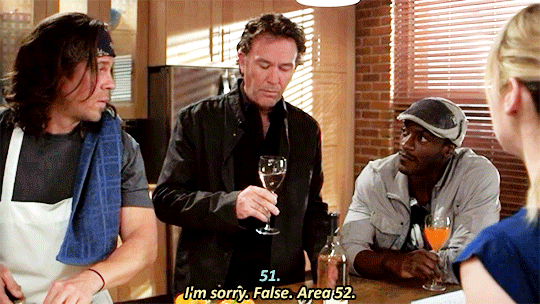


Leverage 2x5 - "The Three Days of the Hunter Job"
The Librarians 4x9 - "And a Town Called Feud"
#christian kane#leverage#eliot spencer#alec hardison#aldis hodge#parker#beth riesgraf#nathan ford#timothy hutton#the librarians#jake stone#ezekiel jones#john harlan kim#griz#dan considine
496 notes
·
View notes
Text
Saw this and IMMEDIATELY thought of them😿😿🎀🎀

#the librarians#christian kane#jacob stone#jake stone#ezekiel jones#eve baird#cassandra cillian#flynn carsen#non canon
239 notes
·
View notes
Text

One of the most durable myths in recent history is that the religious right, the coalition of conservative evangelicals and fundamentalists, emerged as a political movement in response to the U.S. Supreme Court’s 1973 Roe v. Wade ruling legalizing abortion. The tale goes something like this: Evangelicals, who had been politically quiescent for decades, were so morally outraged by Roe that they resolved to organize in order to overturn it.

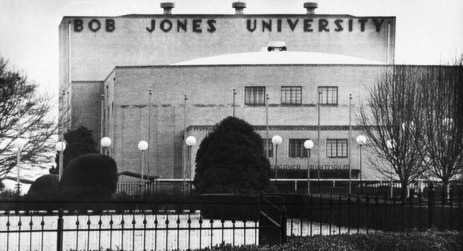
This myth of origins is oft repeated by the movement’s leaders. In his 2005 book, Jerry Falwell, the firebrand fundamentalist preacher, recounts his distress upon reading about the ruling in the Jan. 23, 1973, edition of the Lynchburg News: “I sat there staring at the Roe v. Wade story,” Falwell writes, “growing more and more fearful of the consequences of the Supreme Court’s act and wondering why so few voices had been raised against it.” Evangelicals, he decided, needed to organize.
Some of these anti- Roe crusaders even went so far as to call themselves “new abolitionists,” invoking their antebellum predecessors who had fought to eradicate slavery.
But the abortion myth quickly collapses under historical scrutiny. In fact, it wasn’t until 1979—a full six years after Roe—that evangelical leaders, at the behest of conservative activist Paul Weyrich, seized on abortion not for moral reasons, but as a rallying-cry to deny President Jimmy Carter a second term. Why? Because the anti-abortion crusade was more palatable than the religious right’s real motive: protecting segregated schools. So much for the new abolitionism.
Today, evangelicals make up the backbone of the pro-life movement, but it hasn’t always been so. Both before and for several years after Roe, evangelicals were overwhelmingly indifferent to the subject, which they considered a “Catholic issue.” In 1968, for instance, a symposium sponsored by the Christian Medical Society and Christianity Today, the flagship magazine of evangelicalism, refused to characterize abortion as sinful, citing “individual health, family welfare, and social responsibility” as justifications for ending a pregnancy. In 1971, delegates to the Southern Baptist Convention in St. Louis, Missouri, passed a resolution encouraging “Southern Baptists to work for legislation that will allow the possibility of abortion under such conditions as rape, incest, clear evidence of severe fetal deformity, and carefully ascertained evidence of the likelihood of damage to the emotional, mental, and physical health of the mother.” The convention, hardly a redoubt of liberal values, reaffirmed that position in 1974, one year after Roe, and again in 1976.
When the Roe decision was handed down, W. A. Criswell, the Southern Baptist Convention’s former president and pastor of First Baptist Church in Dallas, Texas—also one of the most famous fundamentalists of the 20th century—was pleased: “I have always felt that it was only after a child was born and had a life separate from its mother that it became an individual person,” he said, “and it has always, therefore, seemed to me that what is best for the mother and for the future should be allowed.”
Although a few evangelical voices, including Christianity Today magazine, mildly criticized the ruling, the overwhelming response was silence, even approval. Baptists, in particular, applauded the decision as an appropriate articulation of the division between church and state, between personal morality and state regulation of individual behavior. “Religious liberty, human equality and justice are advanced by the Supreme Court abortion decision,” wrote W. Barry Garrett of Baptist Press.
So what then were the real origins of the religious right? It turns out that the movement can trace its political roots back to a court ruling, but not Roe v. Wade.
In May 1969, a group of African-American parents in Holmes County, Mississippi, sued the Treasury Department to prevent three new whites-only K-12 private academies from securing full tax-exempt status, arguing that their discriminatory policies prevented them from being considered “charitable” institutions. The schools had been founded in the mid-1960s in response to the desegregation of public schools set in motion by the Brown v. Board of Education decision of 1954. In 1969, the first year of desegregation, the number of white students enrolled in public schools in Holmes County dropped from 771 to 28; the following year, that number fell to zero.
In Green v. Kennedy (David Kennedy was secretary of the treasury at the time), decided in January 1970, the plaintiffs won a preliminary injunction, which denied the “segregation academies” tax-exempt status until further review. In the meantime, the government was solidifying its position on such schools. Later that year, President Richard Nixon ordered the Internal Revenue Service to enact a new policy denying tax exemptions to all segregated schools in the United States. Under the provisions of Title VI of the Civil Rights Act, which forbade racial segregation and discrimination, discriminatory schools were not—by definition—“charitable” educational organizations, and therefore they had no claims to tax-exempt status; similarly, donations to such organizations would no longer qualify as tax-deductible contributions.
On June 30, 1971, the United States District Court for the District of Columbia issued its ruling in the case, now Green v. Connally (John Connally had replaced David Kennedy as secretary of the Treasury). The decision upheld the new IRS policy: “Under the Internal Revenue Code, properly construed, racially discriminatory private schools are not entitled to the Federal tax exemption provided for charitable, educational institutions, and persons making gifts to such schools are not entitled to the deductions provided in case of gifts to charitable, educational institutions.”
Paul Weyrich, the late religious conservative political activist and co-founder of the Heritage Foundation, saw his opening.
In the decades following World War II, evangelicals, especially white evangelicals in the North, had drifted toward the Republican Party—inclined in that direction by general Cold War anxieties, vestigial suspicions of Catholicism and well-known evangelist Billy Graham’s very public friendship with Dwight Eisenhower and Richard Nixon. Despite these predilections, though, evangelicals had largely stayed out of the political arena, at least in any organized way. If he could change that, Weyrich reasoned, their large numbers would constitute a formidable voting bloc—one that he could easily marshal behind conservative causes.
“The new political philosophy must be defined by us [conservatives] in moral terms, packaged in non-religious language, and propagated throughout the country by our new coalition,” Weyrich wrote in the mid-1970s. “When political power is achieved, the moral majority will have the opportunity to re-create this great nation.” Weyrich believed that the political possibilities of such a coalition were unlimited. “The leadership, moral philosophy, and workable vehicle are at hand just waiting to be blended and activated,” he wrote. “If the moral majority acts, results could well exceed our wildest dreams.”
But this hypothetical “moral majority” needed a catalyst—a standard around which to rally. For nearly two decades, Weyrich, by his own account, had been trying out different issues, hoping one might pique evangelical interest: pornography, prayer in schools, the proposed Equal Rights Amendment to the Constitution, even abortion. “I was trying to get these people interested in those issues and I utterly failed,” Weyrich recalled at a conference in 1990.
The Green v. Connally ruling provided a necessary first step: It captured the attention of evangelical leaders , especially as the IRS began sending questionnaires to church-related “segregation academies,” including Falwell’s own Lynchburg Christian School, inquiring about their racial policies. Falwell was furious. “In some states,” he famously complained, “It’s easier to open a massage parlor than a Christian school.”
One such school, Bob Jones University—a fundamentalist college in Greenville, South Carolina—was especially obdurate. The IRS had sent its first letter to Bob Jones University in November 1970 to ascertain whether or not it discriminated on the basis of race. The school responded defiantly: It did not admit African Americans.
Although Bob Jones Jr., the school’s founder, argued that racial segregation was mandated by the Bible, Falwell and Weyrich quickly sought to shift the grounds of the debate, framing their opposition in terms of religious freedom rather than in defense of racial segregation. For decades, evangelical leaders had boasted that because their educational institutions accepted no federal money (except for, of course, not having to pay taxes) the government could not tell them how to run their shops—whom to hire or not, whom to admit or reject.
The Civil Rights Act, however, changed that calculus.
(continue reading)
#politics#republicans#paul weyrich#abortion#religious riech#bob jones university#jerry falwell#christian nationalism#white supremacy#desegregation#project 2025#roe v wade#reproductive rights#reproductive justice#healthcare#brown v board of education#heritage foundation#moral majority#religious freedom#religion
195 notes
·
View notes
Text



DEXTER MORGAN'S TYPE: WOMEN WHO RESEMBLE HIS FAMILY MEMBERS
#dexter#dexter: new blood#dexter showtime#dexteredit#laura moser#brian moser#debra morgan#deb morgan#rita bennett#lumen pierce#hannah mckay#lila west#angela bishop#dexter morgan#he isn't here but this is about him so#this post is just me being silly#sage kirkpatrick#christian camargo#jennifer carpenter#julie benz#julia stiles#yvonne strahovski#jaime murray#julia jones#gifs
80 notes
·
View notes
Text
One of my favourite theories about the etymology of "Davy Jones" is that it's a corruption of the Biblical "Jonah" because, like, getting spit back out by the whale is pretty central to Jonah's story. For Jonah to still be down there we're positing an oral tradition where Jonah refuses the call, gets swallowed by a whale, repents, escapes, does the prophet thing, and is later swallowed by a second, unrelated whale.
#language#linguistics#word nerdery#etymology#folklore#tropes#religion#christianity#judaism#davy jones#vore mention#(technically)
1K notes
·
View notes
Text




"The hat? Wait. He doesn't have his hat?" "I gave it to Ezekiel. Will it affect him?"
The Librarians S01E04 And Santa's Midnight Run.
#the librarians#ezekiel jones#jacob stone#cassandra cillian#john harlan kim#christian kane#lindy booth#...i'd say yes#both jake and cassie are puzzled by zeke's behaviour yet are also doing nothing to stop it#i love them#ghostly'sgifs
152 notes
·
View notes
Text
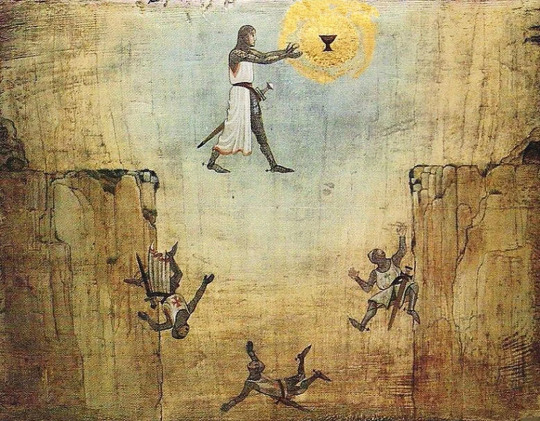
The Leap Of Faith - Indiana Jones and the Last Crusade (1989)
#holy grail#grail#graal#art#indiana jones and the last crusade#indiana jones#crusader#knight#crusaders#knights#crusade#crusades#film#history#medieval#middle ages#christianity#christian#religion#religious
884 notes
·
View notes
Text



The Librarians 1x4 - "And Santa's Midnight Run"
#christian kane#the librarians#jacob stone#cassandra cillian#lindy booth#ezekiel jones#john harlan kim#jenkins#john larroquette#and santa's midnight run
147 notes
·
View notes
Text

No Action, No Peace
Republican lawmakers in Tennessee have been accused of overt racism after expelling two Black Democrats from the state legislature in an act of unprecedented retaliation, for their role in a peaceful protest calling for gun control in the aftermath of a massacre at a school in Nashville.
The Republican-controlled legislature voted on Thursday to spare a white Democratic lawmaker who participated in the same protest.
Justin Jones, representative for Nashville, and Justin Pearson, who represented Memphis, gave rousing speeches in the chamber before the majority-white legislature voted to oust them, leaving tens of thousands of mostly Black and brown Tennessee residents without representation.
Justin Jones, 27, said he had “no regrets” and would “continue to speak up for Tennesseans who are demanding change”, in an interview with CNN on Friday,
“What happened yesterday was an attack on our democracy and overt racism. The nation got to see clearly what’s going on in Tennessee, that we don’t have democracy especially when it comes to Black and brown communities. This is what we have been challenging all session, a very toxic, racist work environment.”
Jones said Republican lawmakers were trying to take Tennessee backwards, and pointed to the state’s history of white supremacy, the birthplace of the ultra-violent Ku Klux Klan.
After the vote to expel them, Jones and Pearson, the two youngest Tennessee lawmakers and former community organisers, were greeted with rapturous chants and songs of resistance by a huge crowd outside the state capitol building. During the vote, the visitors’ gallery exploded in angry shouts of “Shame!” and “Fascists!”
Pearson, 27, told reporters that in carrying out the protest, the three had broken “a house rule, because we’re fighting for kids who are dying from gun violence and people in our communities who want to see an end to the proliferation of weaponry in our communities”.
He later tweeted: “We will not stop. We will not give up. We will continue working to build a nation that includes, not excludes, or unjustly expels. People power will always prevail!”
Gloria Johnson, the white Democrat spared expulsion by a one-vote margin, was asked by reporters about the split vote as she left the chamber on Thursday.
“I’ll answer your question; it might have to do with the color of our skin,” said Johnson, a retired teacher.
(continue reading)
#politics#justin jones#tennessee#christofascism#republicans#tennessee 3#republicans are evil#guns#gun nuts#racism#christian nationalism
1K notes
·
View notes
Text

The Star of Bethlehem, Edward Burne-Jones, between 1885 and 1890
#Advent#Christmas#Christmas Eve#art#art history#Edward Burne-Jones#religious art#Biblical art#Christian art#New Testament#Gospels#Gospel of Matthew#Adoration of the Magi#Pre-Raphaelite#Pre-Raphaelite Brotherhood#pre-raphaelisme#British art#English art#19th century art#Victorian period#Victorian art#watercolor#Birmingham Museum and Art Gallery
223 notes
·
View notes